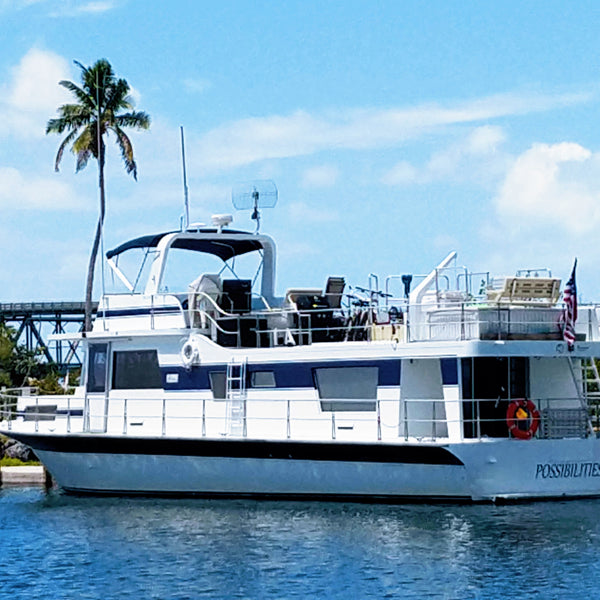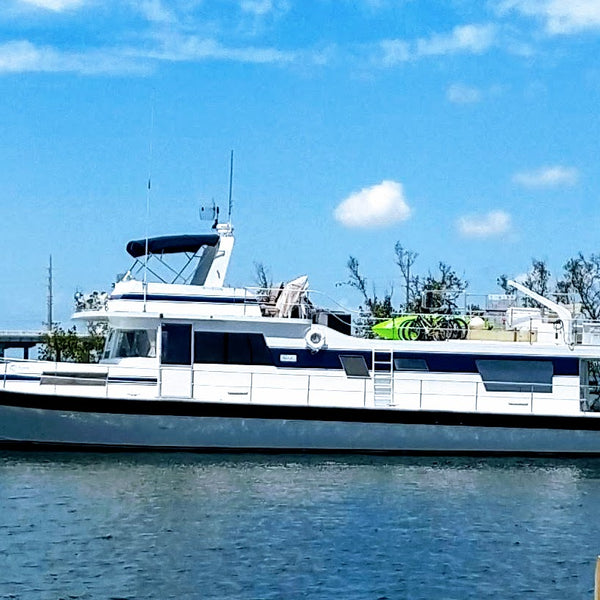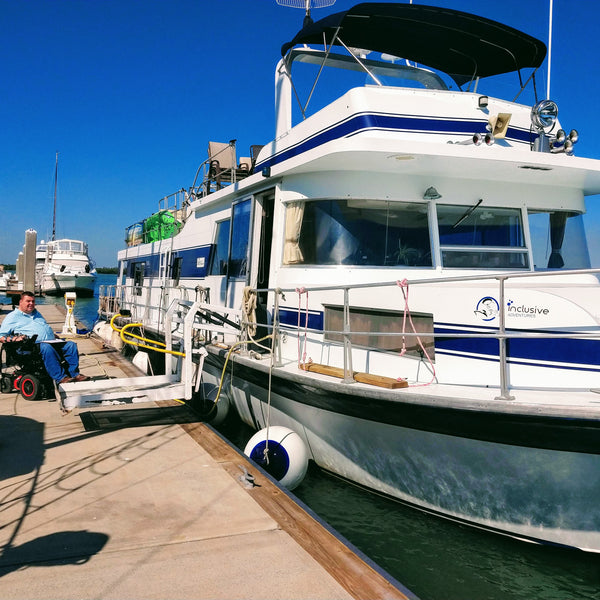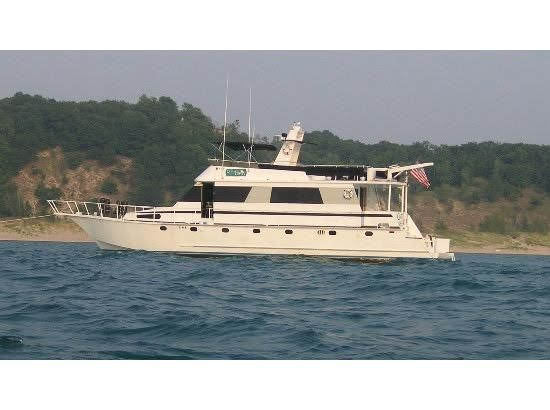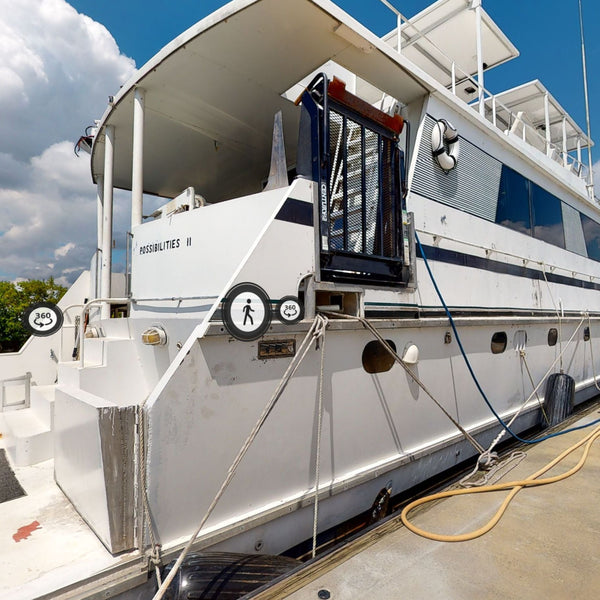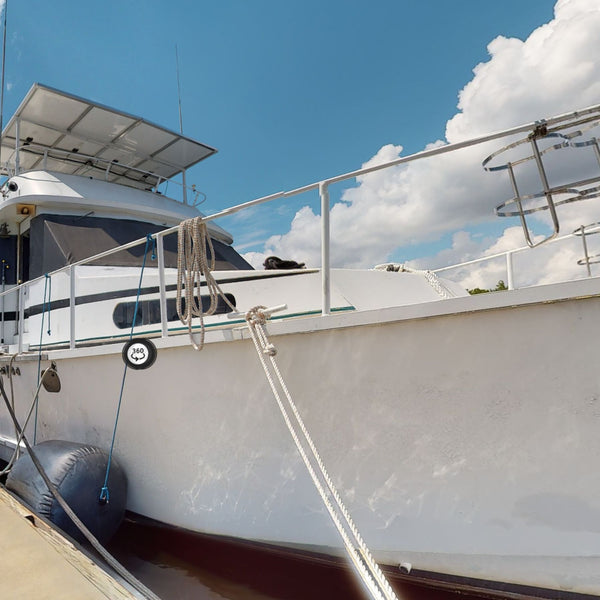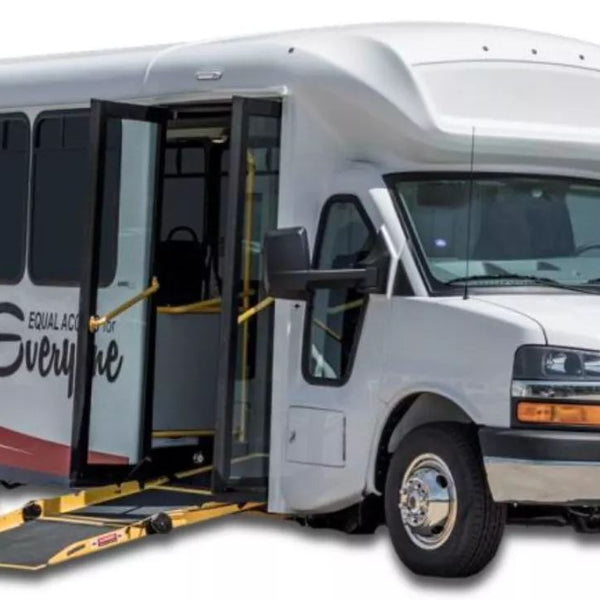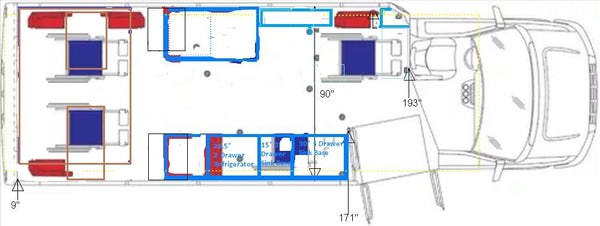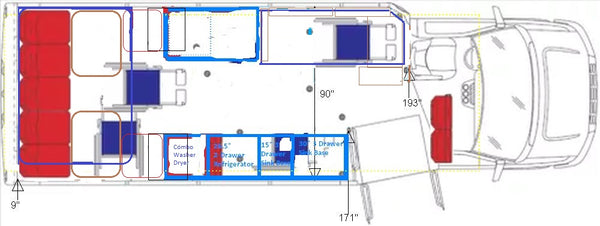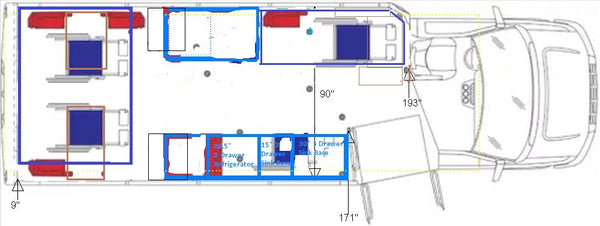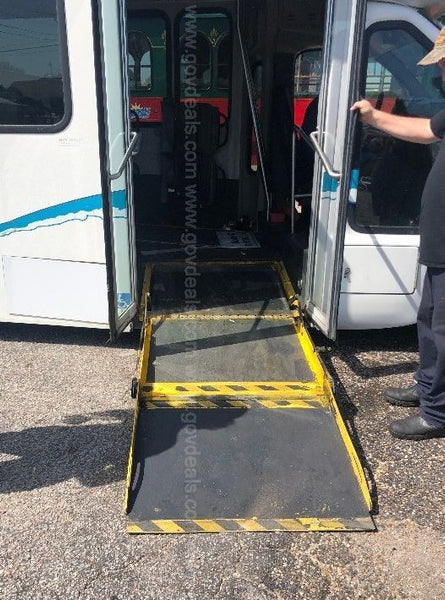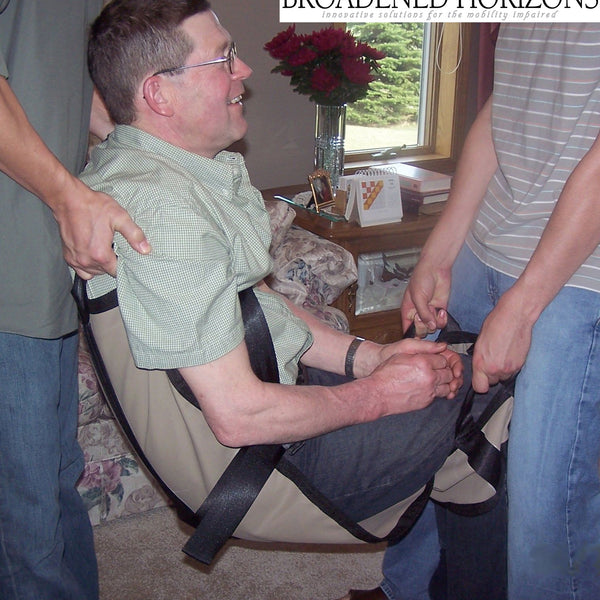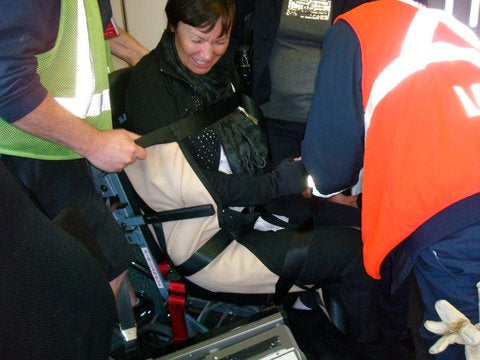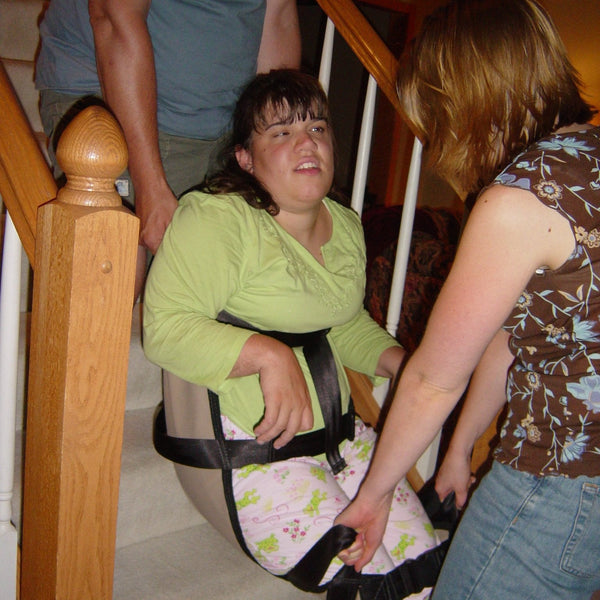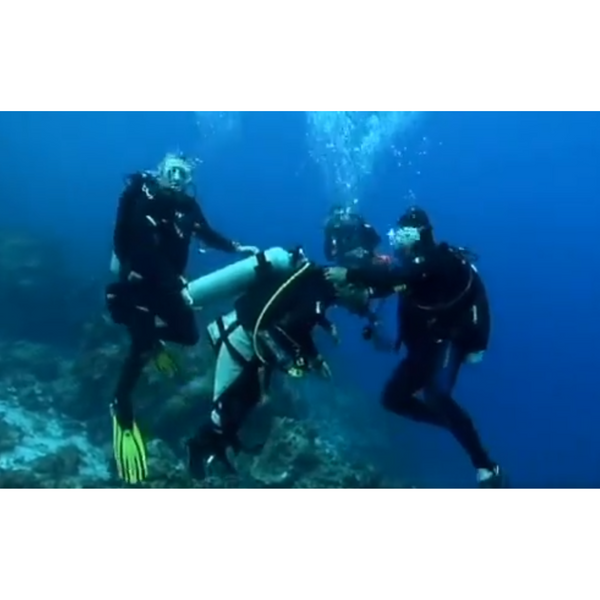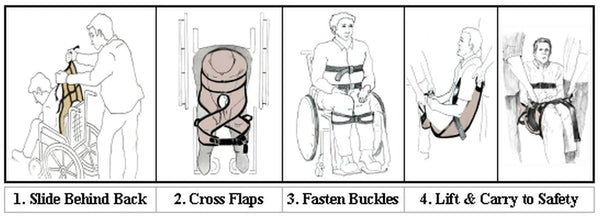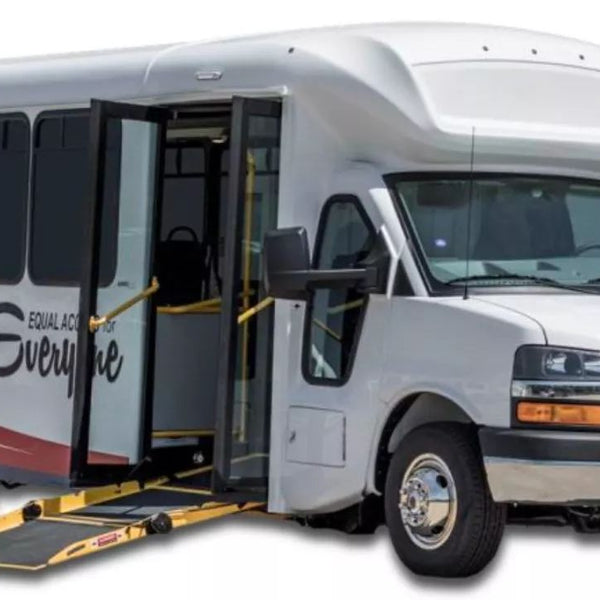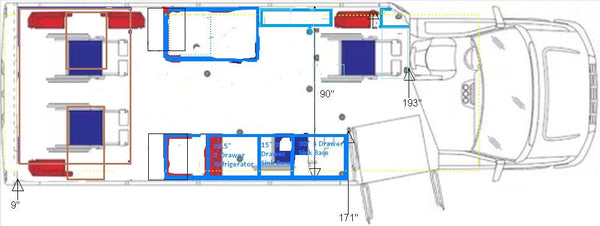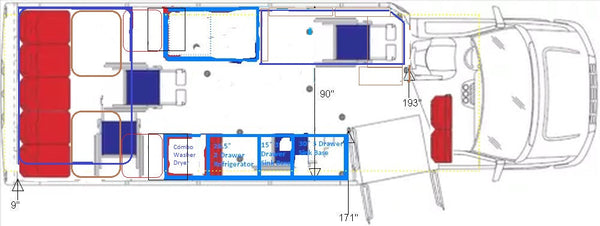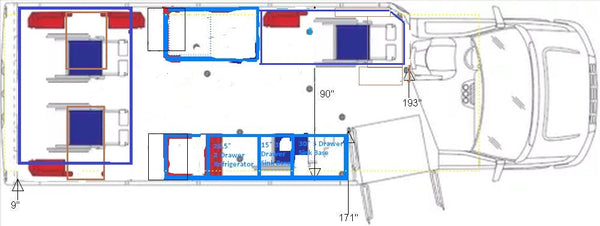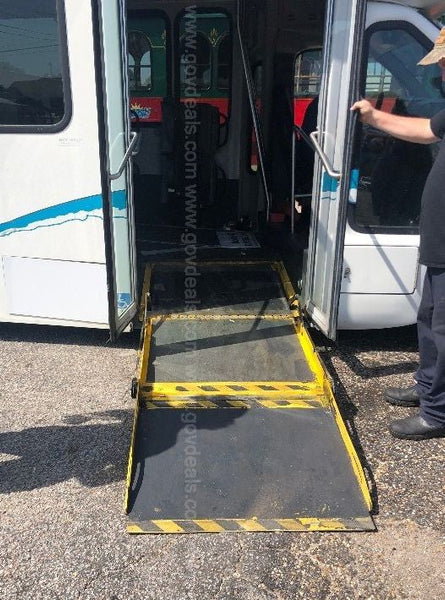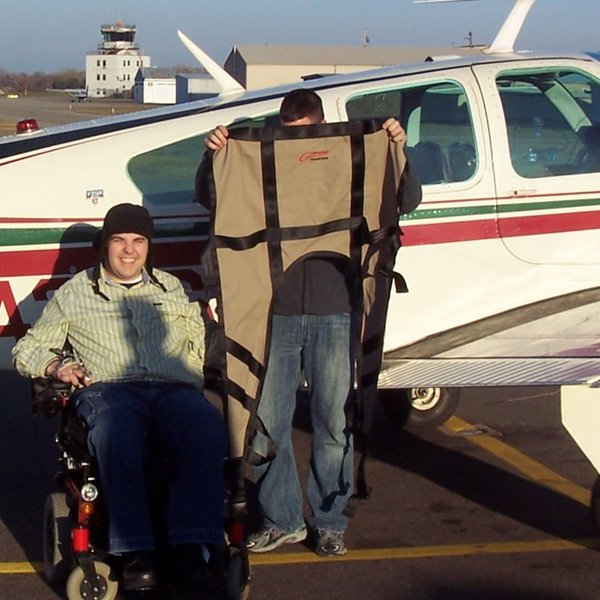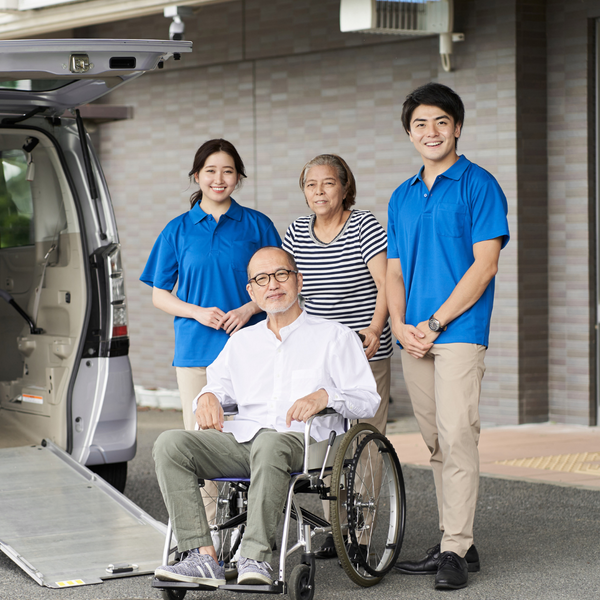September 19, 2018
In the UK today, 7.6 million people between the ages of 16 and 64 have some form of disability, equating to approximately 1 in 8 people. Ensuring your employees are safe and able to quickly evacuate a building if a fire occurs is paramount in fire evacuation planning. But what if you have disabled employees? Your responsibilities as an employer are set out in the Regulatory Reform (Fire Safety) Order 2005 (RRO) and underpinned by the Equality Act 2010.
What are your responsibilities?
The RRO states that it is the responsibility of the person(s) who are responsible for the building to provide a fire safety risk assessment. The Fire Risk Assessment must include an emergency evacuation plan for all people likely to be in the premises, including disabled people, and detail how that plan will be implemented. It’s important to remember that the evacuation plan should not depend on the Fire & Rescue Service’s intervention to make it work.
If an employer doesn’t make provision for safe evacuation of disabled people from its premises, this may be discrimination. It may also constitute a failure to comply with the requirements of the fire safety legislation mentioned above, which can carry heavy penalties.
Personal Fire Evacuation Plan
A Personal Fire Evacuation Plan should be drawn up for every disabled employee who works in the building. It’s important to remember that disabilities come in all forms, so this is not a ‘one size fits all’ approach. The plan must be tailored to their individual needs and give detailed information on their movements during an escape. It’s also a possibility that some building adaptation may be required to facilitate their escape and reduce the dependency of personal assistance. Disabled employees should receive a copy of a Personal Fire Evacuation Plan, and a sufficient number of people should be trained in advance according to the evacuation plan so they can give assistance in the event of an emergency.
Visual Alarm Devices (VADs)
Visual alarm devices come as either beacons or combined sounder/beacons. Part of the fire alarm system, these devices assist hard of hearing employees to recognise when the alarm activates. It’s also suited to staff working in noisy environments. If VADs are needed, it will be identified in your Fire Risk Assessment. The challenge of VADs is that they need to illuminate a space sufficiently to alert people to the alarm. In open spaces, this can be difficult to achieve. Therefore, the number of VADs needed in an area is assessed via the minimum level of illumination required. This is set at 0.4 lux on all surfaces perpendicular to the direction of the light emitted from the device. VADs can also be wall or ceiling mounted. When you have your fire safety system designed, the optimal positioning for VADs will be determined by your system designer.
Disabled Refuge

A Disabled Refuge is a relatively safe area within a building or exit staircase where mobility-impaired occupants can wait whilst the main building occupancy is evacuated. Any workplace building with more than one storey, or where an emergency exit is by stairs, should provide a means of refuge for any mobility impaired person. A two-way communication system must also be in place at these refuge areas. This is so fire wardens, the fire brigade or building management can stay in contact with the person.
The communication system is not just for use during a fire. It must always be available and must not be turned off outside of a fire emergency.
Induction Loop or Vibrating Pager
Hearing aids generally have a ‘T’ position. This allows them to pick up the electromagnetic field generated by a telephone’s earpiece. It then converts it into a sound suited to their specific hearing requirements. An induction loop system works the same but generates a much larger field than that created by a telephone earpiece. It radiates it around a room via a ‘loop’ so any hearing-impaired person within the room can hear it.
A vibrating pager can also connect to the fire alarm system. So, when the alarm activates a signal is sent to the pager alerting the carrier.
Both these systems provide a solution to alerting hearing-impaired employees in the event of a fire. The solution which works best will depend on the building/room layout and the individual needs of the employee.
Evacuation Chairs
Evacuation chairs provide a smooth, easy stairway descent in the event of an emergency for mobility-impaired employees. While going down the stairs, the tracks attached to the chair create friction which slows down the descent. This also gives more control to the person guiding the chair. Once at the bottom of the stairs, the chair can then be used as a wheelchair.
As well as having an evacuation chair in your premises, it’s equally important to have people trained in handling the chair during an emergency. This ensures that people handling the chair are capable and confident to ensure everyone reaches safety as quickly as possible.
What do I need to do?
The first step in ensuring your business is compliant with fire safety legislation is to have a comprehensive Fire Risk Assessment completed. Amongst other things, this will look as specific evacuation procedures for your site. To arrange your Fire Risk Assessment, or for advice on any of the points in this article, call our Fire Safety Experts on 0330 094 7404. Alternatively you can complete your details and we’ll be in touch shortly.

We have two guides available completely free of charge to help ensure your business is fire safe.
Our Essential Guide to Fire Alarm Systems will answer all your questions on the process of installing a fire alarm system, guiding you down the right path to protecting your business and employees, and complying with fire safety legislation.
The Fire Safety Compliance Guide for Business will establish exactly what your responsibilities are to ensure you’re kept on the right side of the law, and that your business and your employees are kept as safe as possible from the threat of fire.




